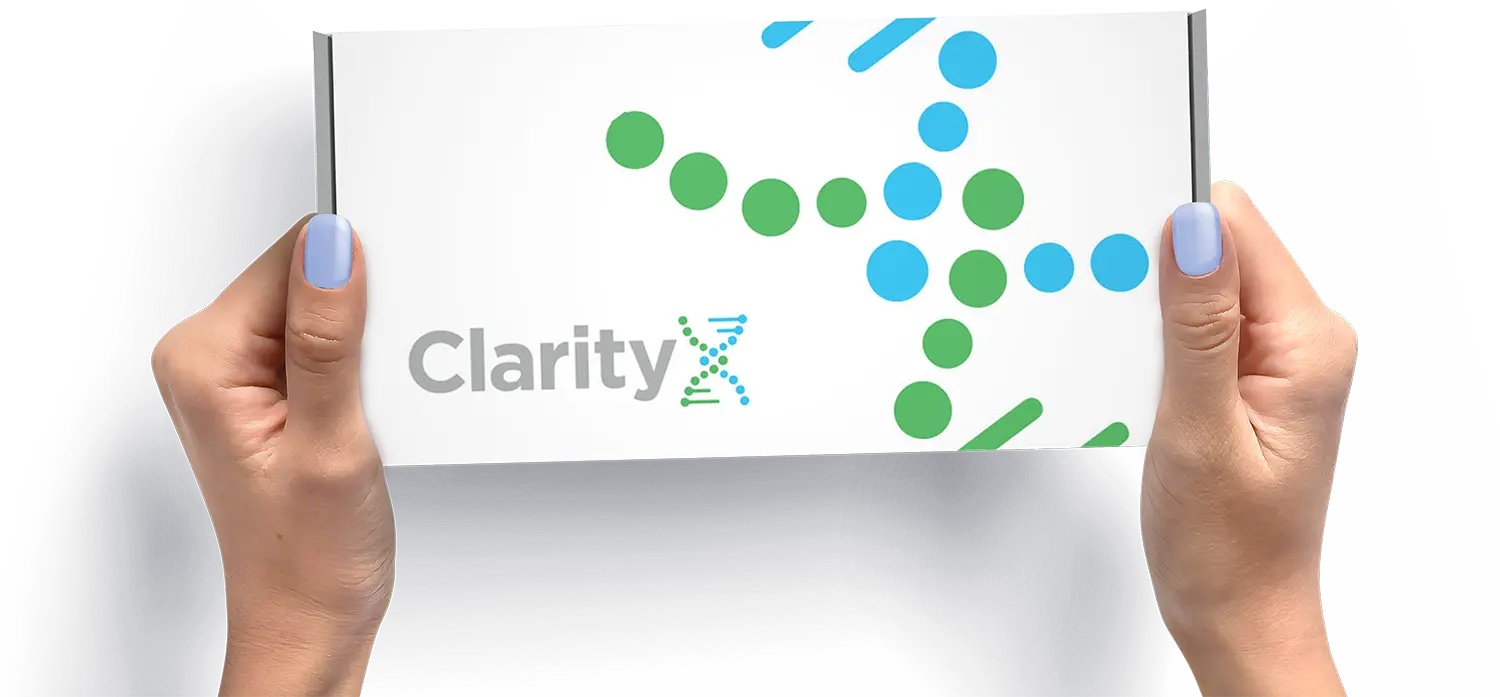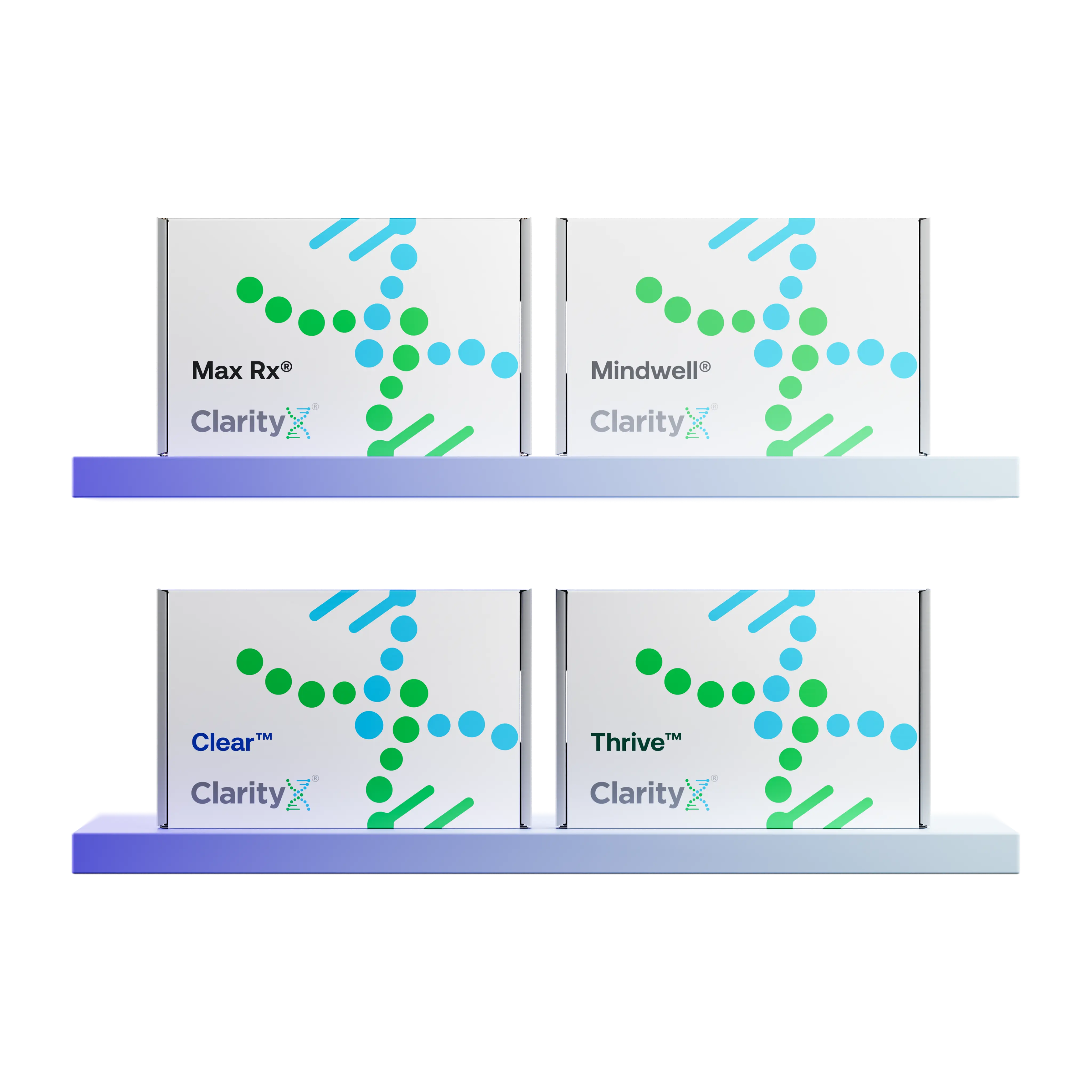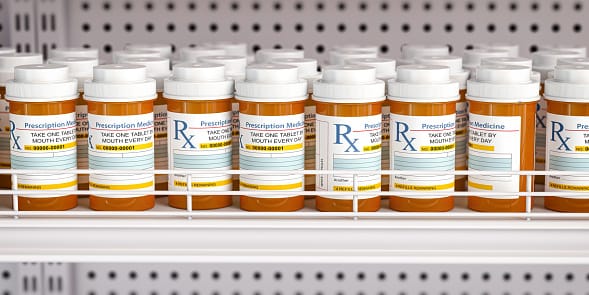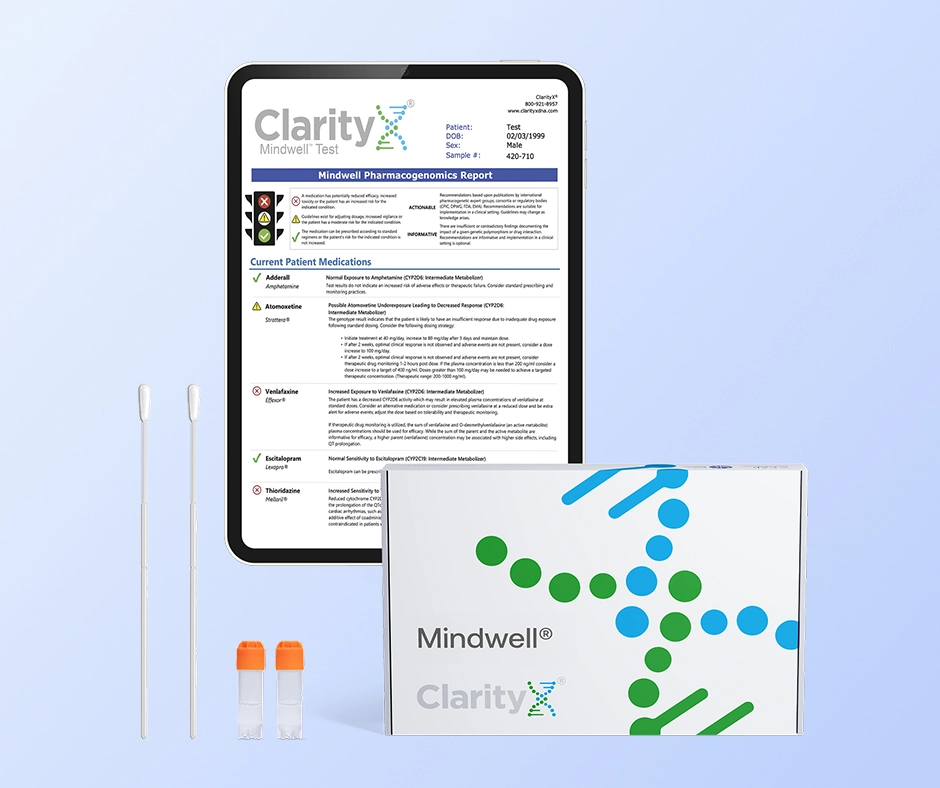Key Highlights
- Hypertension headaches result from dangerously high blood pressure and can signal severe health conditions.
- These headaches often involve pulsating pain on both sides of the head and appear suddenly, intensifying quickly.
- Symptoms might include visual disturbances, nausea, dizziness, or even severe chest pain.
- Immediate medical attention is vital for headaches paired with symptoms of a hypertensive crisis, preventing serious complications like strokes or organ damage.
- Monitoring blood pressure regularly can help catch early warning signs associated with extremely high blood pressure.
Introduction
When your blood pressure rises to a dangerously high level, you may experience a specific type of headache known as a hypertension headache. These are distinct from typical headaches, as they signal that your body is under extreme stress from high blood pressure. Experiencing a headache like this can be a sign that your blood pressure requires immediate medical attention.
Recognizing the signs early is crucial for knowing when to seek help. This can prevent a hypertensive crisis or other long-term complications stemming from uncontrolled high blood pressure.
Understanding Hypertension Headaches
Hypertension headaches are not the same as common headaches because they are a direct symptom of severely elevated blood pressure. They typically occur when blood pressure reaches a critical point, straining blood vessels and surrounding tissues. This pressure results in a throbbing or pulsing headache that is difficult to ignore.
These headaches should not be overlooked. If they are persistent or severe, it may indicate that chronic, untreated high blood pressure is present, which can lead to serious health problems. The most effective way to prevent this is through diligent blood pressure control.
The right blood pressure medication is key. Finding the right medication and avoiding the side effects commonly associated with blood pressure medication sometimes involves genetic testing
What causes a hypertension headache?
Hypertension headaches occur because extreme blood pressure exerts excessive force on your blood vessels. When the pressure becomes too high, the walls of your arteries endure significant strain, which can cause surrounding tissues to become sore or swollen. This process can also increase pressure on your brain, leading to headache pain.
In some cases, the blood vessels in the brain may stretch to the point of leaking small amounts of fluid. This can cause the brain to swell—a condition known as edema. When the brain swells within the confined space of the skull, it can produce additional symptoms like confusion, dizziness, and persistent head pain.
How high blood pressure triggers headaches
The relationship between your body's blood vessels and blood flow is central to how high blood pressure can trigger headaches. When blood pressure surges, it can overwhelm the brain's natural defenses. The increased pressure within the blood vessels can compromise the blood-brain barrier, permitting swelling that irritates nerves and causes intense headache symptoms.
The resulting headache is often throbbing or pounding in nature and can worsen with movement or physical activity. This indicates a high demand on the vessel walls and poorly managed blood flow. During a hypertensive emergency, impaired blood flow can reduce oxygen to tissues, intensifying the pain. Immediate management of these episodes is crucial to prevent serious complications like confusion, blurry vision, or nausea.
Key Symptoms of Hypertension Headaches
Knowing the symptoms of a high blood pressure headache can help you act quickly. Most people experience a severe, pulsing headache, often felt on both sides of the head. It can arise suddenly and intensify rapidly. Frequently, the headache feels more severe in the morning or when lying down.
Other accompanying signs may include dizziness or visual disturbances. Some individuals also report chest discomfort. The presence of these symptoms points to an underlying issue and should prompt an immediate blood pressure check to avoid serious complications.
How to differentiate from other headaches
Distinguishing hypertension headaches from other headache disorders is critical for receiving the correct treatment. Unlike migraines or tension headaches, hypertension headaches are characterized by a sudden, throbbing pain that is usually felt on both sides of the head.
Here are key ways to tell the difference. Hypertension headaches are often accompanied by other symptoms of high blood pressure, like dizziness or blurry vision.
- They result from extreme pressure on the blood vessels, not from primary neurological events.
- The pain often worsens with physical activity or during the rapid rise in blood pressure seen in a hypertensive crisis.
- Associated symptoms like nosebleeds or chest pain may also occur.
Warning signs that require urgent medical attention
Certain headache symptoms can signal an urgent danger, especially when caused by very high blood pressure. You should pay close attention if a sudden, severe headache occurs with other systemic symptoms, as this could indicate a hypertensive crisis.
Look out for symptoms such as:
- Sudden weakness or numbness, especially on one side of your body
- Difficulty speaking or confusion
- Severe chest pain or shortness of breath accompanying the headache
- Visual disturbances like blurry vision or loss of sight
These signs can indicate a life-threatening event, such as a stroke or a cardiac event. A hypertensive emergency often presents with these additional signs when blood pressure has not been properly managed. If any of these occur, it is essential to seek prompt medical attention.
The 3 Critical Things to Watch For
Watch for signs of a hypertensive emergency, especially if you have a headache with other alarming symptoms. Sudden, severe pain could be linked to increased brain pressure or swelling. Headaches like these require swift medical care if they persist or are accompanied by additional symptoms.
Notice if your headache comes with visual disturbances or changes in your cognitive or motor function, as these might indicate that vital organs are being affected. Recognizing the symptoms of a hypertensive crisis can help you act fast and avoid major health problems like heart issues, stroke, or kidney failure.
Sudden severe pain and its implications
A sudden, severe headache should not be overlooked. This type of acute, intense pain may indicate that your blood pressure is high enough to cause systemic harm. This headache, often described as a pounding pain on both sides of the head, reflects intense pressure within your blood vessels, causing the artery walls to stretch and become irritated. Although rare, this can lead to fluid leaks in the brain, swelling, or more severe complications like seizures.
Seeking prompt evaluation from a healthcare provider can mitigate major risks, including lasting damage to the brain or other organs.
Associated vision or neurological changes
Visual and neurological changes can accompany hypertension headaches. These signs are critical, as they may reveal the severity of the high blood pressure. You might experience blurred vision, temporary vision loss, or dizziness, which can indicate that crucial areas like the retina are receiving less oxygen.
Other neurological changes, such as weakness or confusion, can signal the risk of a stroke or TIA a transient ischemic attack (mini-stroke). It is important to recognize these warning signs early to prevent significant or permanent damage.
Conclusion
Hypertension headaches are more than just a nuisance; they can be a sign of a significant health problem that needs attention. By knowing the symptoms and warning signs, you can take proactive steps to protect your health. Be vigilant for sudden, severe pain or any changes in your vision or neurological function, as these may require an immediate visit to a doctor.
Taking care of yourself begins with understanding how your body signals that something is wrong, especially when it comes to blood pressure. If you suspect an issue with hypertension headaches, seek medical help without delay.
Frequently Asked Questions
Can controlling blood pressure prevent headaches?
Yes, effectively controlling your blood pressure is the primary way to prevent hypertension headaches. Consistent management through medication, lifestyle adjustments, and regular physical activity helps maintain a safe blood pressure level. This reduces the strain on your blood vessels that causes this type of headache and lowers your risk of experiencing associated pain or complications over time.
Are hypertension headaches dangerous?
While the headache itself is a symptom, what it signifies can be extremely dangerous. A hypertension headache is often a warning sign of a hypertensive emergency, a condition where severely high blood pressure can cause life-threatening complications. Without immediate medical attention, this can lead to long-term organ damage, stroke, or a heart attack. If you experience a headache that you suspect is related to high blood pressure, seek medical help immediately to avoid these severe outcomes.
What should I do if I suspect a hypertension headache?
If you experience symptoms like a sudden, severe headache, blurred vision, or dizziness, you should seek immediate medical evaluation. If possible, check your blood pressure and avoid any strenuous physical activity, as it can raise your blood pressure further. Do not wait for symptoms to worsen; prompt action is critical.
Is medication always needed for hypertension headaches?
Medication is not prescribed for the headache itself, but for the dangerously high blood pressure that causes it. In a hypertensive emergency, medication is essential to lower blood pressure quickly and safely. For long-term prevention, managing blood pressure often involves a combination of medication and significant lifestyle changes, such as diet and exercise, which can reduce the frequency of these headaches by keeping your blood pressure under control.
How can I monitor my blood pressure at home?
The American Heart Association suggests using a validated, automated blood pressure cuff for reliable home monitoring. Regular checks allow you and your healthcare provider to track your blood pressure trends and detect changes early. This proactive approach helps prevent complications before they start, which is crucial for managing high blood pressure, one of the most common chronic conditions.
References:
https://www.google.com/search?q=https://www.cdc.gov/bloodpressure/manage.htm
https://health.clevelandclinic.org/what-you-need-to-know-about-headaches-and-high-blood-pressure






